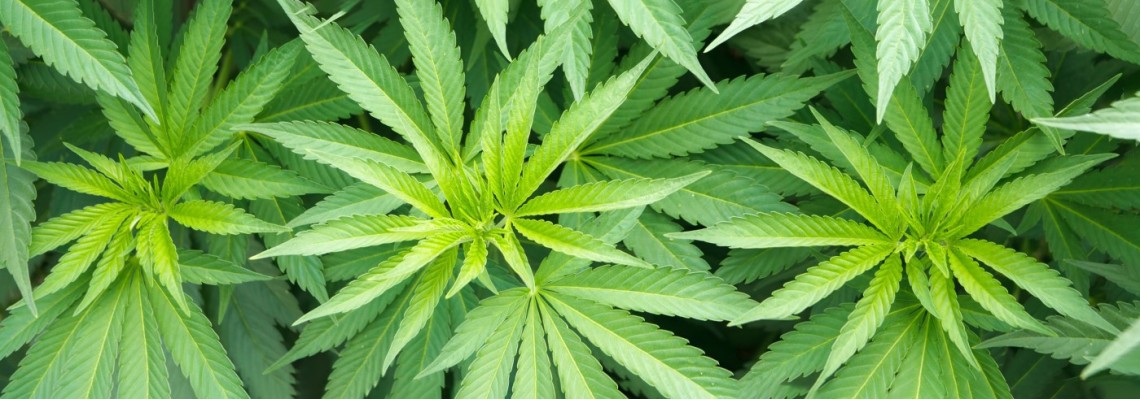There seems to be nothing in your cart.
Didn't find what you were looking for? Contact our consultant.
To save your shopping cart until your next visit, create an account or register .
Browse our Hits sales
There seems to be nothing in your cart.
Didn't find what you were looking for? Contact our consultant.
To save your shopping cart until your next visit, create an account or register .
Browse our Hits sales

*This text is provided for informational purposes only. The information given by the author is his own development using information from publicly available sources. The company is not responsible for the author's material presented.
Content:
Have you ever come across a cannabis variety that was so successful that you wanted to plant it again immediately after harvest, only to find that your plants looked a little different from the previous ones the following season? For example, a Sativa can develop denser buds similar to an Indica. But since it's the same strain of cannabis, what happened to them?
The genetic makeup of a plant, known as the genotype, determines how cannabis develops and allows it to display a wide range of individual characteristics. However, it is the specifics of the microclimate that you create in the grow room (or the external weather conditions in the case of outdoors) that makes a certain set of traits dominate over others.
This physical expression of a genotype is called a phenotype (from the Greek word feno, "to show"). In simple words, these are external traits that the environment extracts from the genetics of a particular variety. The cannabis phenotype describes the appearance/shape of the plant, its growth during development, biochemistry and behaviour.
So, the environment can control various properties of plants, including their color, shape, smell, and resin production.
The phenotype also affects the following characteristics:
Before human intervention, cannabis grew naturally and adapted to the specific climatic and environmental conditions it encountered. Indica strains adapted to harsher and cooler conditions thrive in mountainous areas. They produced short and stocky plants with broad leaves and flowered faster than sativa strains. In addition, sativa landraces, adapted by natural selection to tropical jungle conditions, often produce tall plants with thin leaves.
When breeders crossed these different families, they realized that new hybrid strains could produce a number of unique phenotypes and genotypes. For growers, a large selection of phenotypes is an advantage, as a variety of varieties allows you to accurately select the desired taste, aroma and effects.
Plants and animals developed according to the same principle of evolution. Every living organism has a DNA genetic code called a genotype. Not all plants with the same genotype look the same - this is due to the fact that their appearance is influenced by growing conditions and the environment.
The genotype carries the necessary genetic information that will control the growth and appearance of cannabis. This is not a specific set of genetic instructions that a plant must follow. It is more correct to think of the genotype as a basic genetic limit that defines the range of possibilities. Growing conditions will determine which specific elements of the genotype will be activated.
Outdoors, for example, when nighttime temperatures drop, Blueberry plants take on spectacular purple hues in their leaves and buds. However, the same seeds grown indoors at higher temperatures may never get those colors. Growing technique, environment and the interaction between a plant and its environment are factors that determine its phenotype.
There are a number of factors that affect the formation of the phenotype - room temperature, air humidity, light regime, substrate, top dressing and watering regime.
Some plants produce a certain phenotype only under certain environmental conditions. For example, the appearance of a purple color when night temperatures drop.
Some phenotypes may be the result of many environmental factors. Any seasoned grower will tell you that climate plays an important role in determining the overall flower quality, resin production, aroma, color and size of your plant.
Even slight variations in nutrient selection/application will affect plant phenotype. The temperature often fluctuates with the season. Humidity is another subtle factor affecting the growing environment. The lighting conditions in which hemp grows also often change, sodium lamps sometimes reduce their effectiveness. Even slight changes in light intensity affect which genetic traits plants will exhibit.
Chemotype is a relatively new term in the cannabis community. It came at a time when growers started growing cannabis for the purpose of predictable cannabinoid levels.
Some seeds may produce CBD-rich buds, others THC-rich, and others may be somewhere in between with a THC:CBD ratio of 1:1. One of the challenges for breeders is to stabilize cannabinoids with the desired chemotype. This could be, for example, a 2:1 ratio of THC to CBD.
It is possible that in the future there will be cannabis seeds that will allow the cultivation of plants rich in other cannabinoids such as CBD-V and CBG.
Author: Sergey Esipov
Related articles: